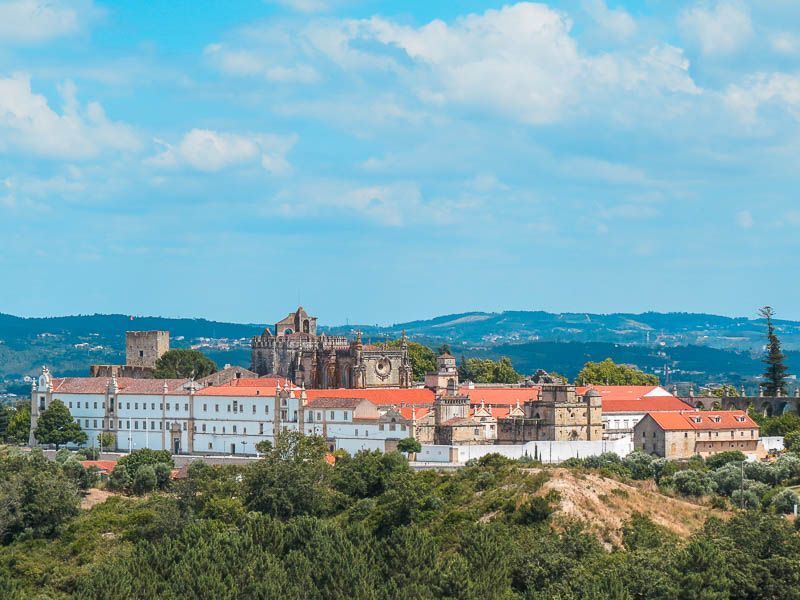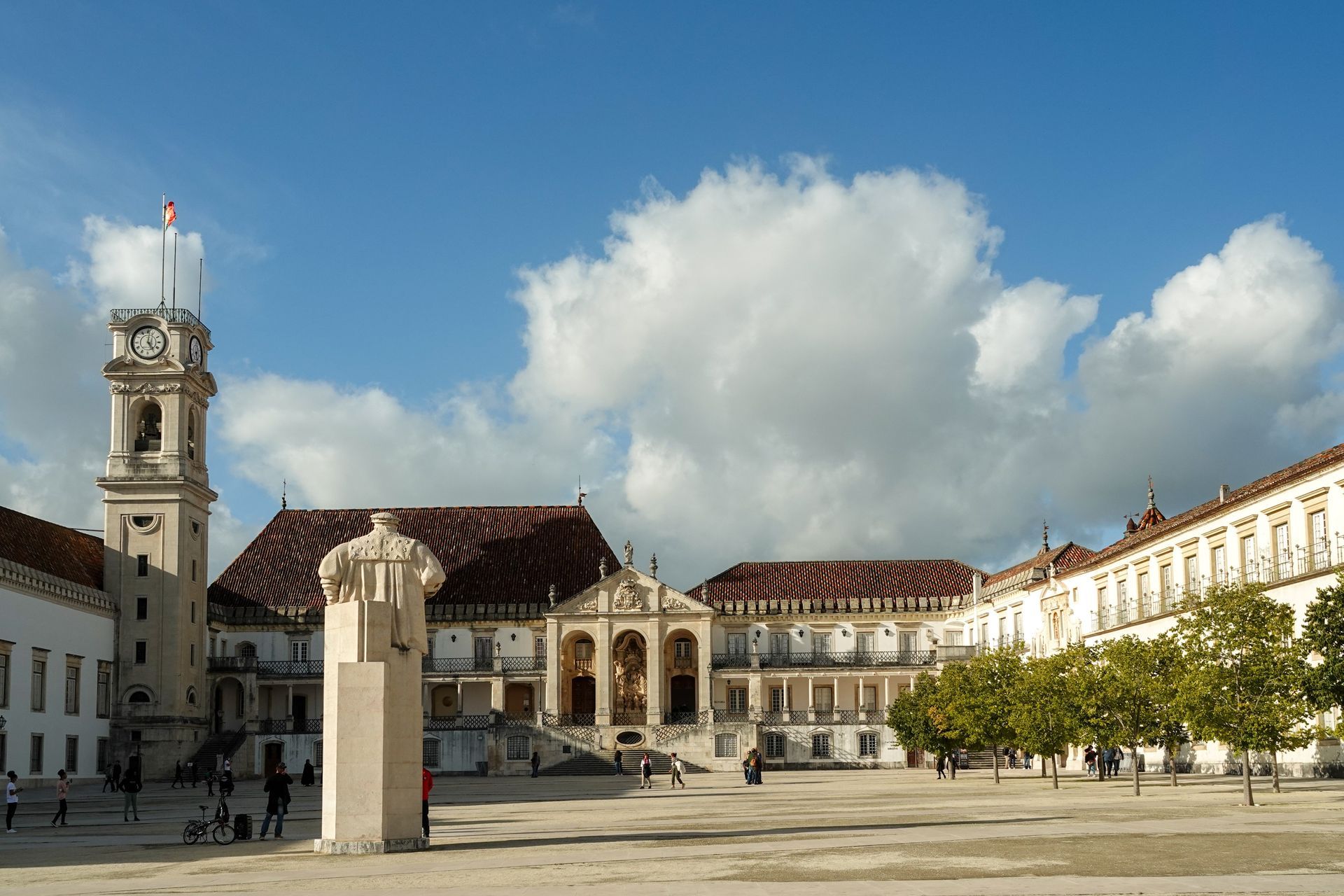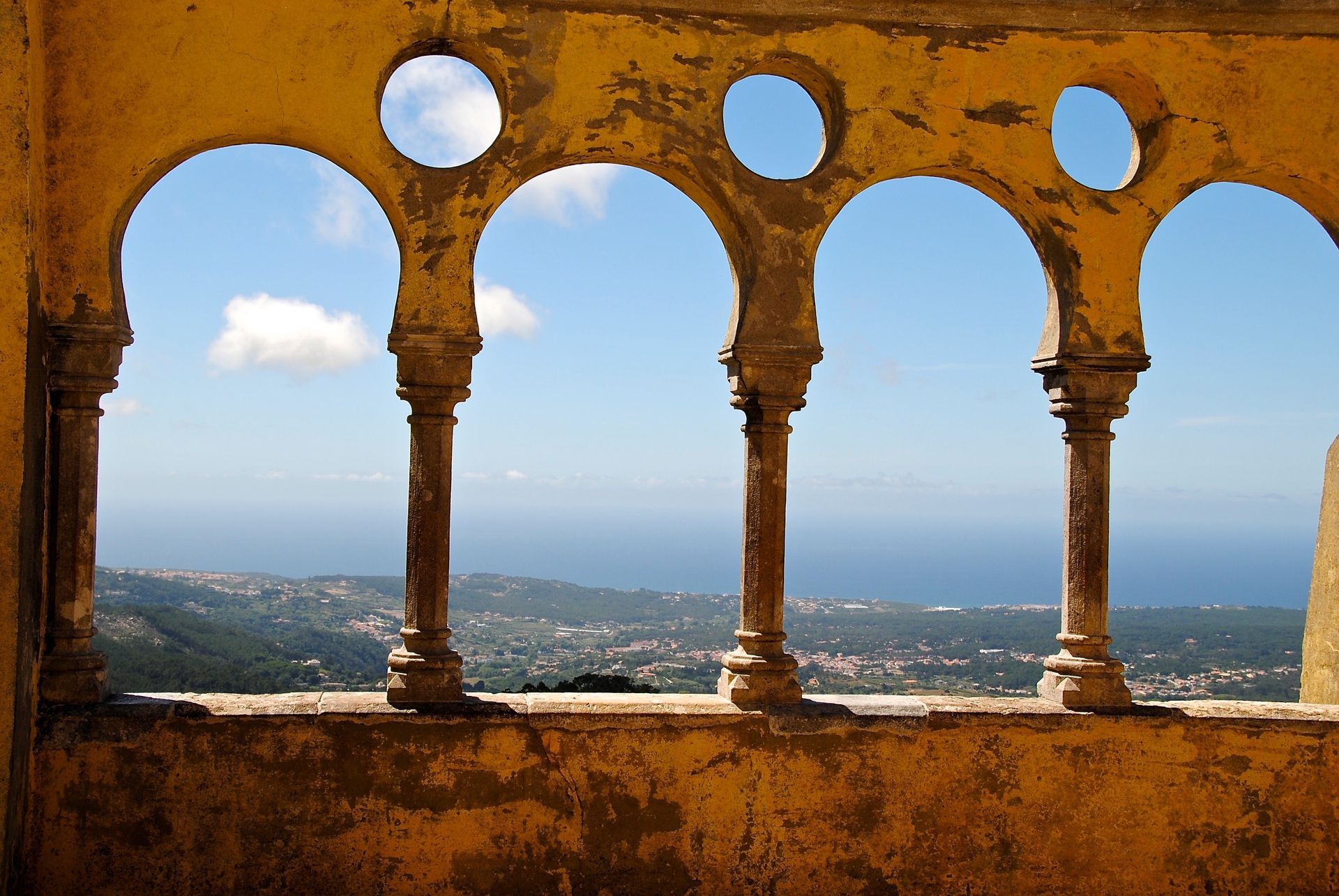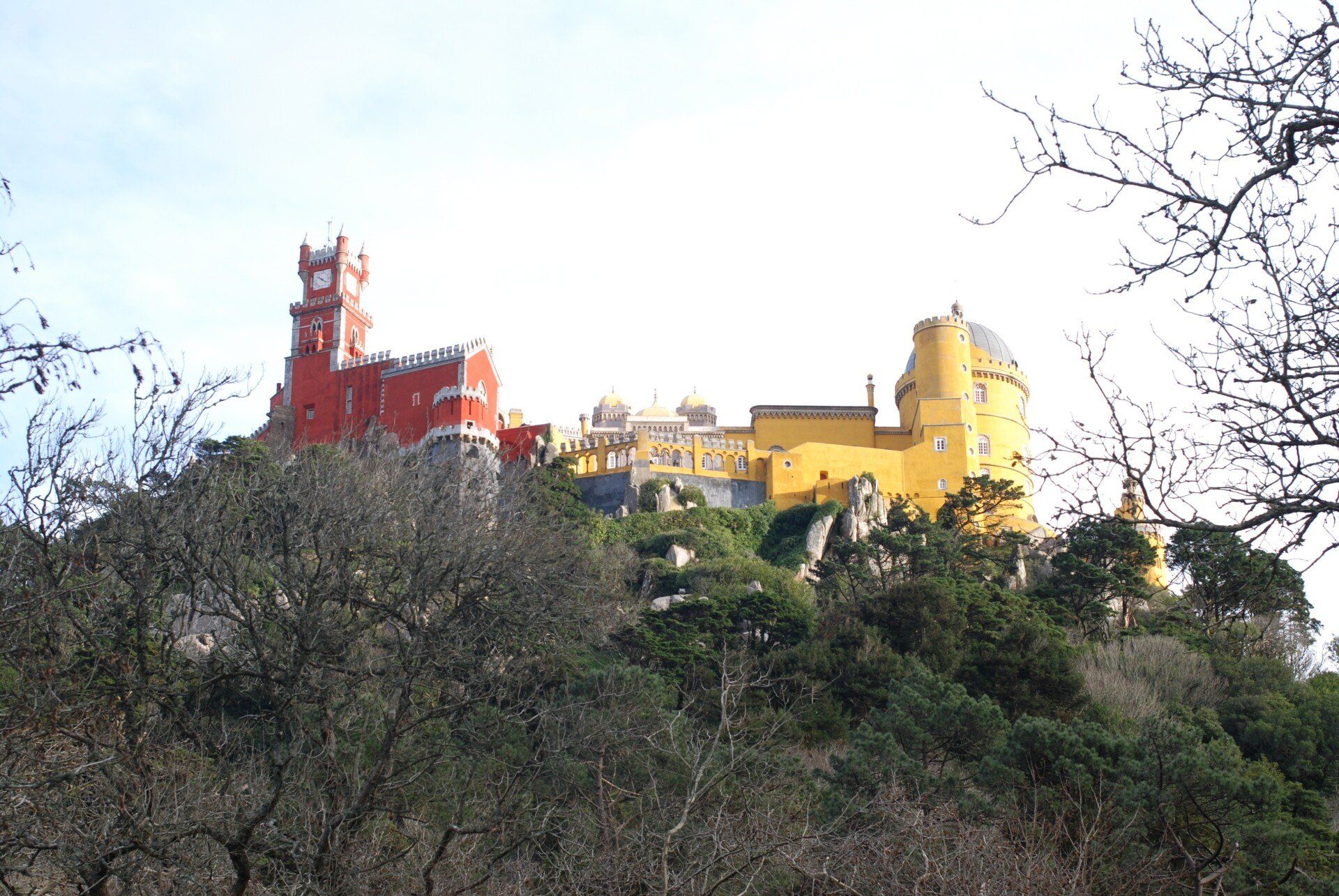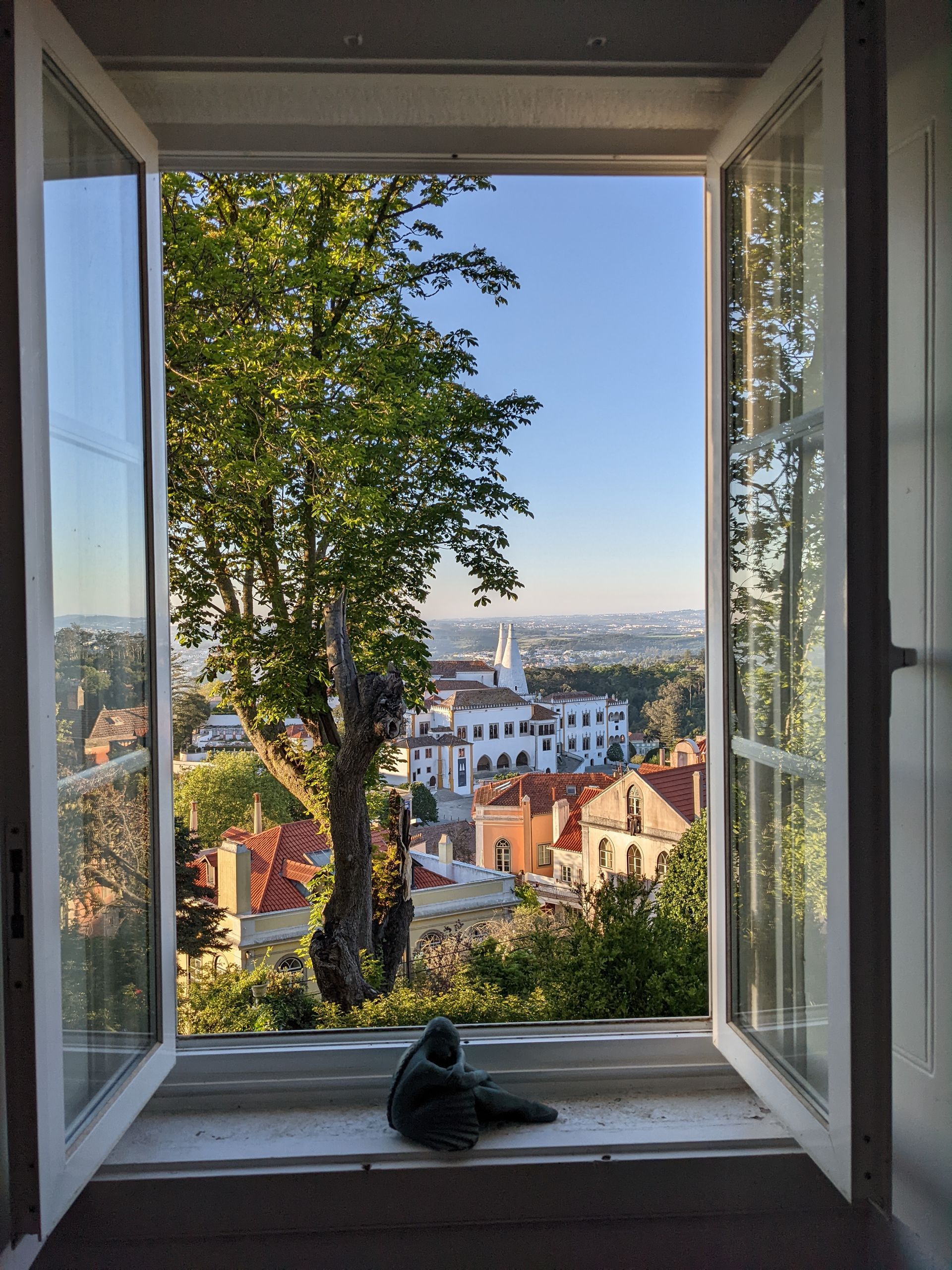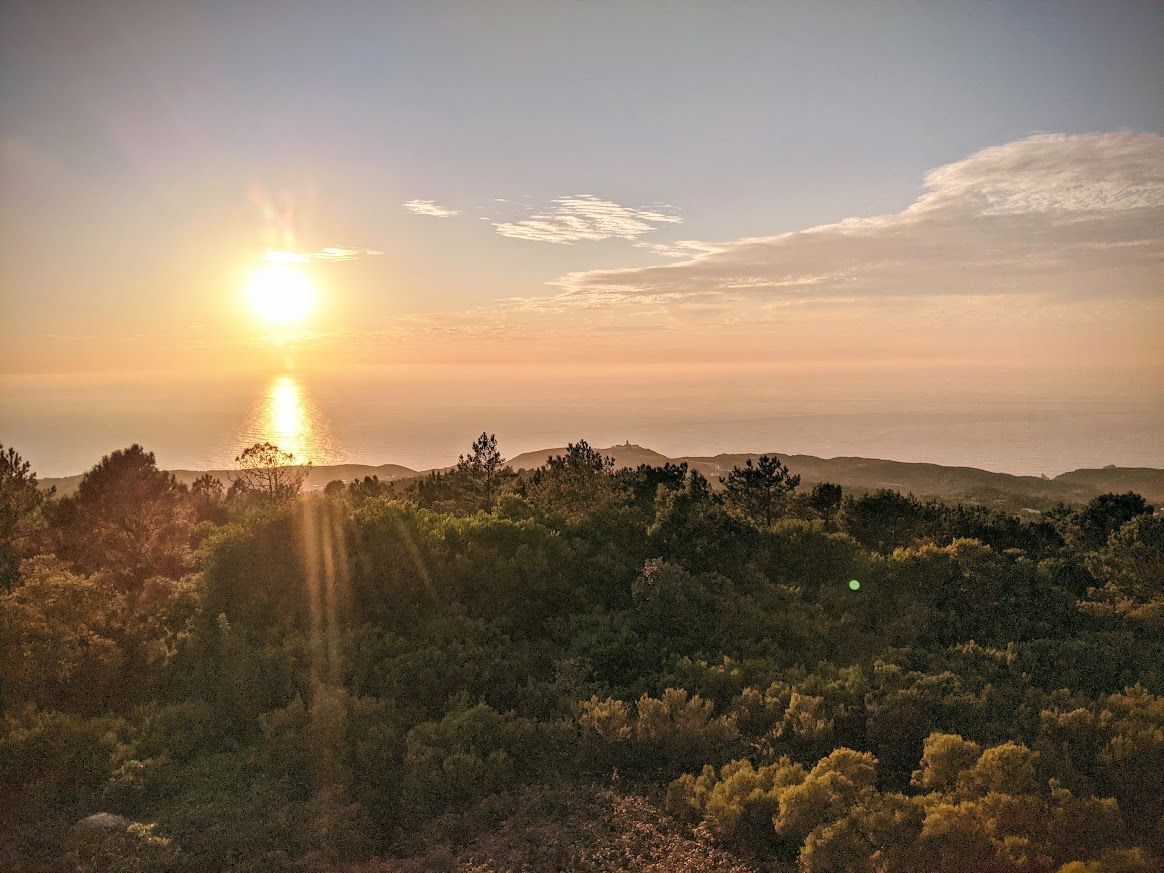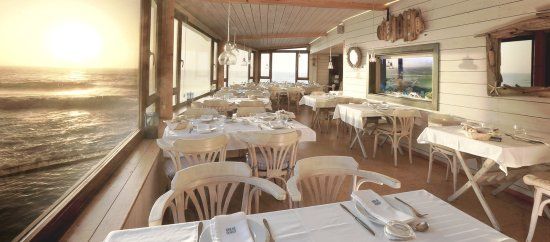We don't want you to miss anything!
Discover Lisbon's Best Tours and Attractions
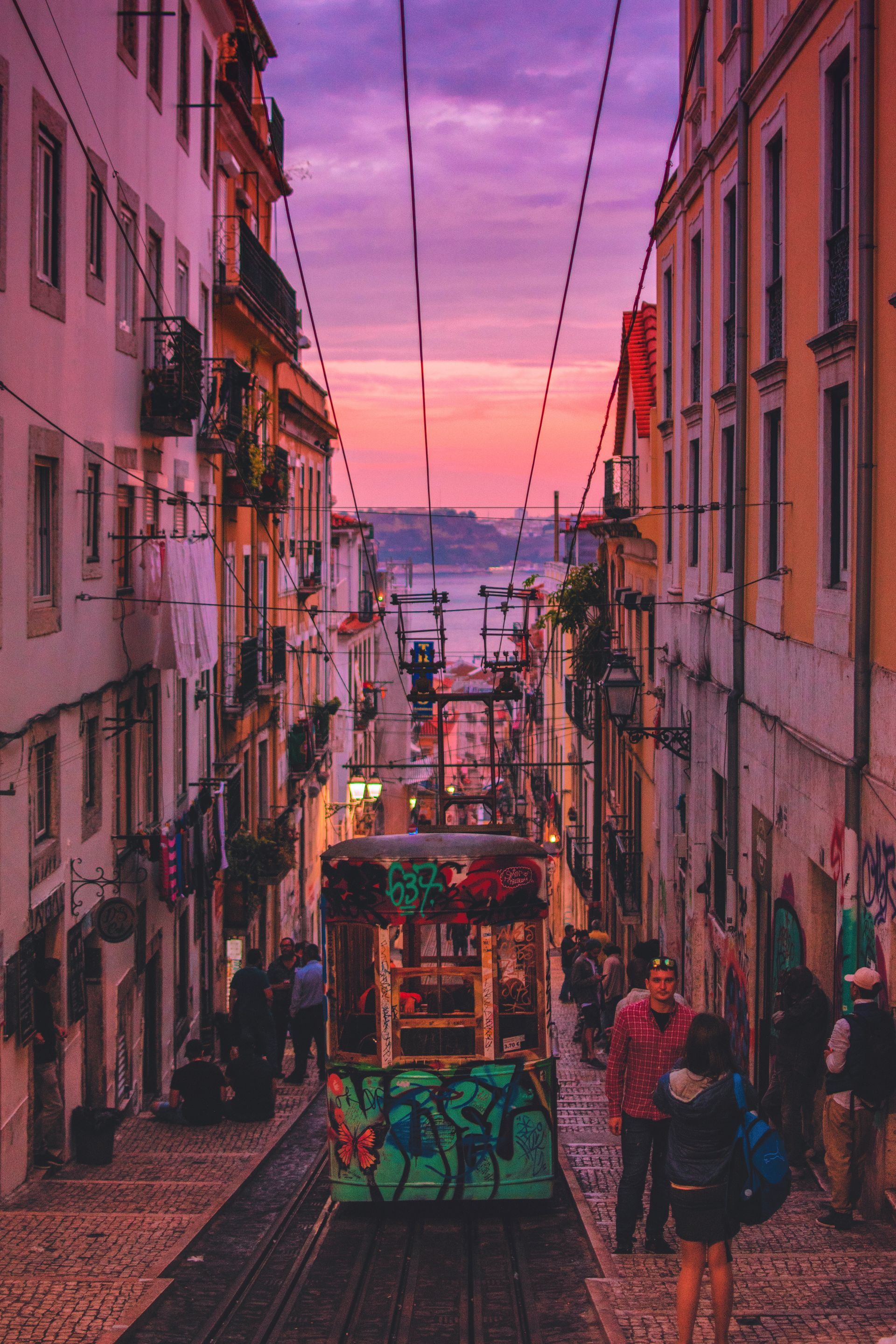
If you're planning a trip to Lisbon, you're in for a treat! The vibrant capital of Portugal offers a unique blend of history, culture, and natural beauty that attracts visitors from all over the world. To make the most of your trip, it's important to plan ahead and choose the best tours and attractions that suit your interests. In this article, we'll introduce you to the top tours and attractions in Lisbon that you won't want to miss!
Table of Contents
- Alfama Walking Tour
- Belem Tower and Monastery Tour
- Lisbon Oceanarium
- Sintra Day Trip
- Fado Music Show
- Rossio Square
- Jeronimos Monastery
- Discovering Lisbon's Street Art
- Elevador da Gloria
- Cascais and Estoril Coastline Tour
- Lisbon Food Tour
- National Palace of Queluz
- Tagus River Cruise
- Conclusion
- FAQs
Alfama Walking Tour
Alfama is the oldest district in Lisbon, known for its narrow cobblestone streets, colorful houses, and stunning views of the Tagus River. A walking tour of Alfama is a must-do for anyone visiting Lisbon. You'll get a chance to explore the hidden corners of the district, learn about its rich history, and discover local shops and cafes. Don't forget to wear comfortable shoes and bring your camera!
Belem Tower and Monastery Tour
Belem is a neighborhood located west of central Lisbon, known for its famous tower and monastery. The Belem Tower is a UNESCO World Heritage Site that was built in the 16th century to protect the city from invaders. The nearby Jeronimos Monastery is a masterpiece of Portuguese architecture, and it's also a UNESCO World Heritage Site. A guided tour of Belem is a great way to learn about Portugal's maritime history and admire the impressive architecture of these landmarks.
Lisbon Oceanarium
The Lisbon Oceanarium is the largest indoor aquarium in Europe and one of the top attractions in Lisbon. It's located in the Parque das Nações district and features a wide variety of marine life, including sharks, rays, and penguins. The aquarium is divided into different habitats, such as the Atlantic, Pacific, and Indian oceans, allowing visitors to experience the diversity of marine life from around the world.
Sintra Day Trip
Sintra is a charming town located about 30 kilometers west of Lisbon, known for its fairy-tale castles, palaces, and gardens. A day trip to Sintra is a great way to escape the hustle and bustle of the city and immerse yourself in the natural beauty of the region. Don't miss the chance to visit the Pena Palace, a colorful and whimsical palace that's one of the most photographed landmarks in Portugal.
Fado Music Show
Fado is a traditional Portuguese music genre that's known for its melancholic and soulful sound. Attending a Fado music show is a unique cultural experience that you won't forget. You can find Fado performances in many restaurants and bars in Lisbon, especially in the Alfama district.
Rossio Square
Rossio Square is the heart of Lisbon, located in the Baixa district. It's a lively and bustling square that's surrounded by cafes, shops, and historical buildings. You can also find a statue of Dom Pedro IV, the king of Portugal and Brazil, in the center of the square. It's a great spot to people-watch and soak up the atmosphere of Lisbon.
Jeronimos Monastery
The Jeronimos Monastery is one of the most impressive examples of Portuguese architecture and a must-visit attraction in Lisbon. It was built in the
early 16th century and it's considered a masterpiece of Manueline style, a unique blend of Gothic and Renaissance architecture. The monastery was built to celebrate Portugal's Age of Discovery and the maritime achievements of Vasco da Gama and other Portuguese explorers. The monastery also contains the tomb of Vasco da Gama and other prominent figures in Portuguese history.
Discovering Lisbon's Street Art
Lisbon is known for its vibrant and colorful street art scene. A walking tour of Lisbon's street art is a great way to explore the city's urban culture and discover hidden gems that you might not find in tourist guides. You'll see murals, graffiti, and other forms of street art that reflect Lisbon's history, culture, and social issues.
Elevador da Gloria
Elevador da Gloria is a funicular that connects the downtown Baixa district to the Bairro Alto neighborhood. It's a fun and scenic way to travel uphill and enjoy the views of Lisbon. The funicular has been in operation since 1885 and it's a popular attraction for locals and tourists alike.
Cascais and Estoril Coastline Tour
Cascais and Estoril are two charming seaside towns located west of Lisbon, known for their beautiful beaches, picturesque streets, and luxurious villas. A tour of the Cascais and Estoril coastline is a great way to escape the city and enjoy the natural beauty of the Atlantic coast. You'll see historical landmarks, such as the Cascais Citadel, and enjoy the fresh seafood and local wines.
Lisbon Food Tour
Portuguese cuisine is a unique blend of Mediterranean, African, and Asian flavors, and Lisbon is a great place to taste some of the best dishes. A food tour of Lisbon is a great way to explore the city's food scene and try local specialties, such as pastel de nata (custard tart), bacalhau (salt cod), and grilled sardines. You'll also learn about the history and culture of Portuguese cuisine and visit local markets and restaurants.
National Palace of Queluz
The National Palace of Queluz is a beautiful 18th-century palace located about 15 kilometers northwest of Lisbon. It was originally built as a summer residence for the Portuguese royal family and it's known for its impressive Baroque and Rococo architecture, beautiful gardens, and ornate interiors. A visit to the National Palace of Queluz is a great way to experience the grandeur of Portuguese royalty.
Tagus River Cruise
The Tagus River is the longest river in the Iberian Peninsula and it flows through Lisbon, dividing the city into two banks. A river cruise is a great way to see Lisbon from a different perspective and enjoy the views of the city's landmarks, such as the Belem Tower, the Monument to the Discoveries, and the April 25th Bridge. You can choose from different types of cruises, such as sightseeing, sunset, or dinner cruises.
Conclusion
Lisbon is a vibrant and diverse city that offers something for everyone. Whether you're interested in history, culture, nature, or food, there's a tour or attraction in Lisbon that will suit your interests. We hope that this article has inspired you to discover Lisbon's best tours and attractions and make the most of your trip to this beautiful city.
FAQs
- What is the best time of year to visit Lisbon?
The best time to visit Lisbon is from March to May or from September to November when the weather is mild and the crowds are smaller.
- Do I need a visa to visit Lisbon?
If you're a citizen of the European Union or the Schengen area, you don't need a visa to visit Lisbon. Ifyou're from outside the EU or Schengen area, you may need a visa depending on your country of origin.
- What is the currency used in Lisbon?
The currency used in Lisbon is the Euro.
- Is it safe to visit Lisbon?
Lisbon is generally a safe city, but like any other major city, you should take precautions to avoid pickpocketing and other petty crimes.
- How can I book a tour or attraction in Lisbon?
You can book tours and attractions in Lisbon through various online platforms, such as Viator, GetYourGuide, and TripAdvisor, or through local tour operators and travel agencies. You can also book them on our website, or send us a message.. It's recommended to book in advance to secure your spot and avoid disappointment.
















